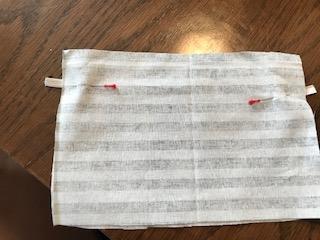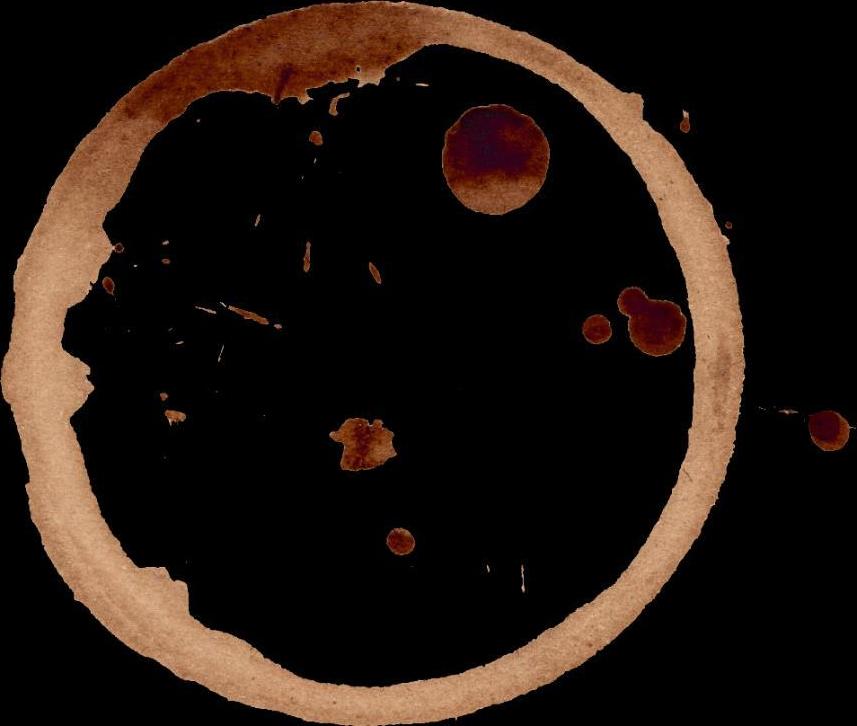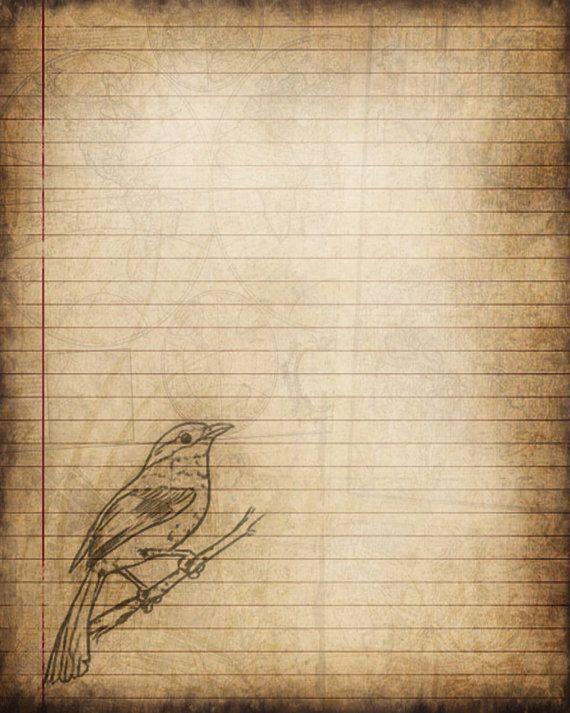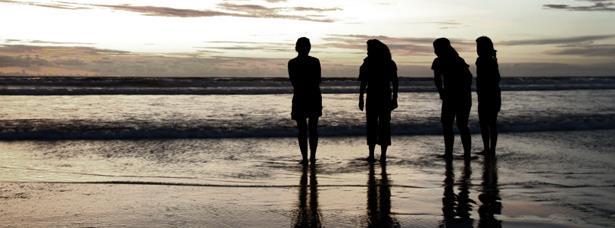
8 minute read
ART ON LOCKDOWN

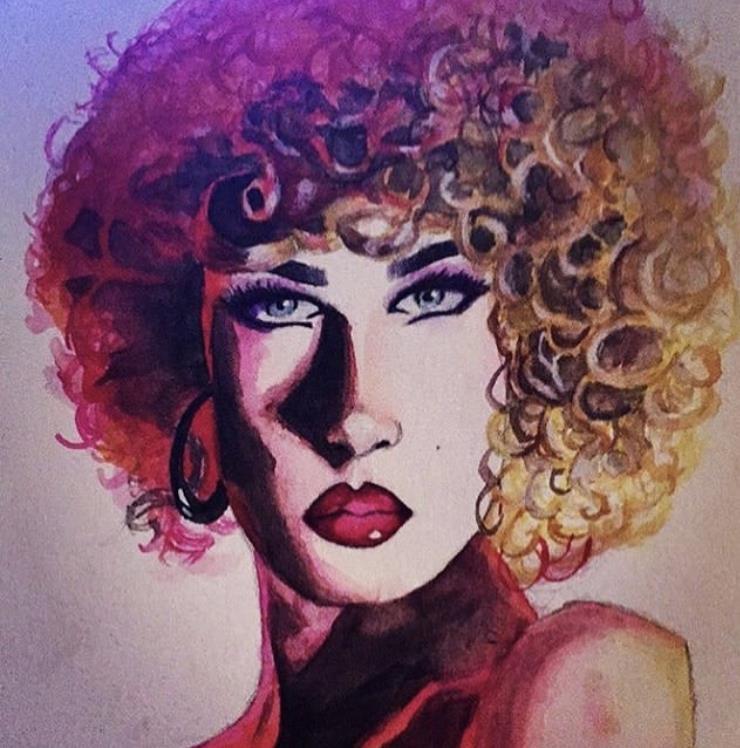
Advertisement
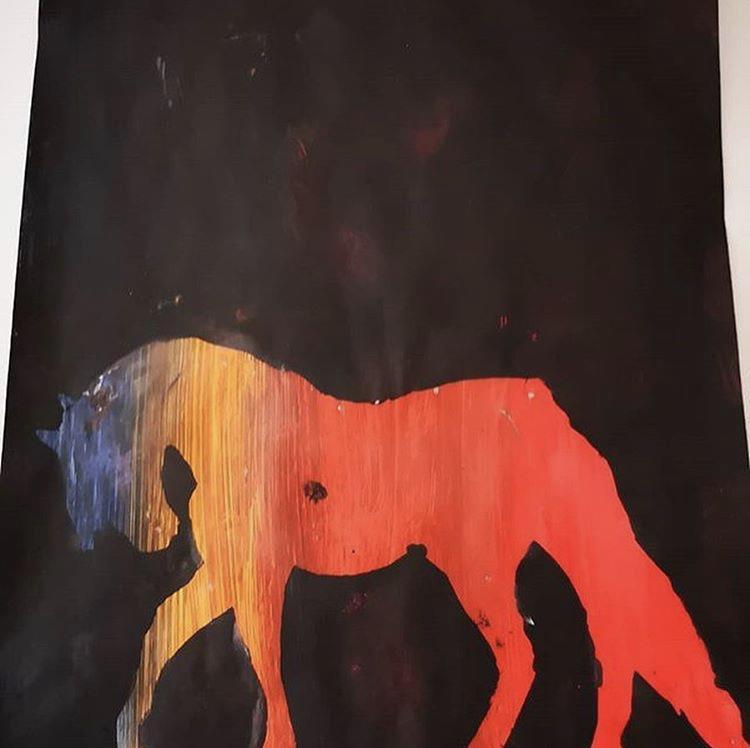

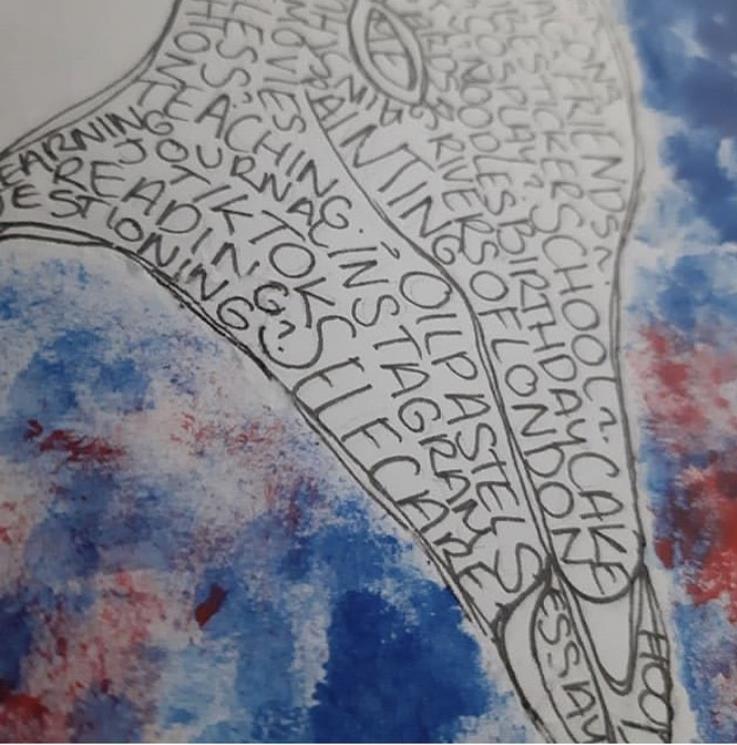


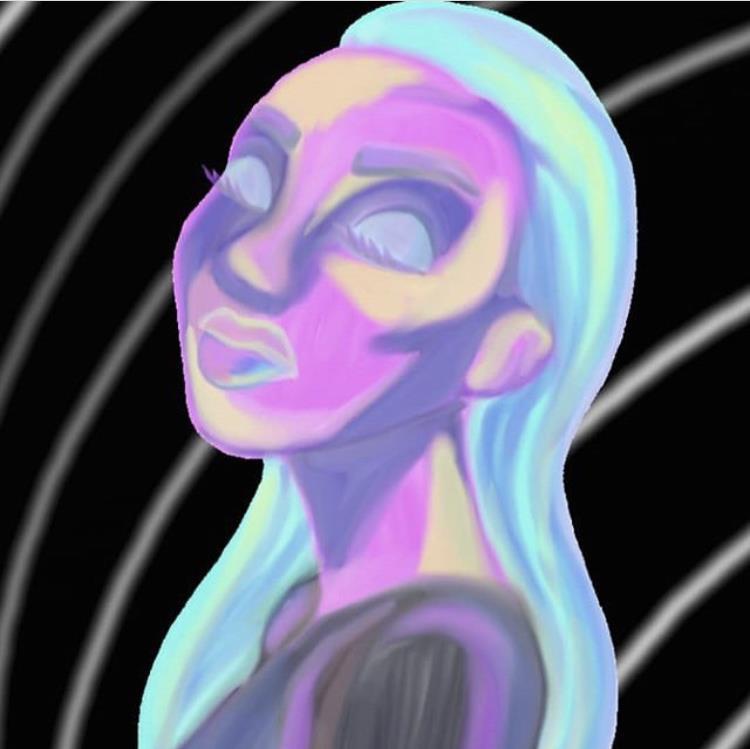
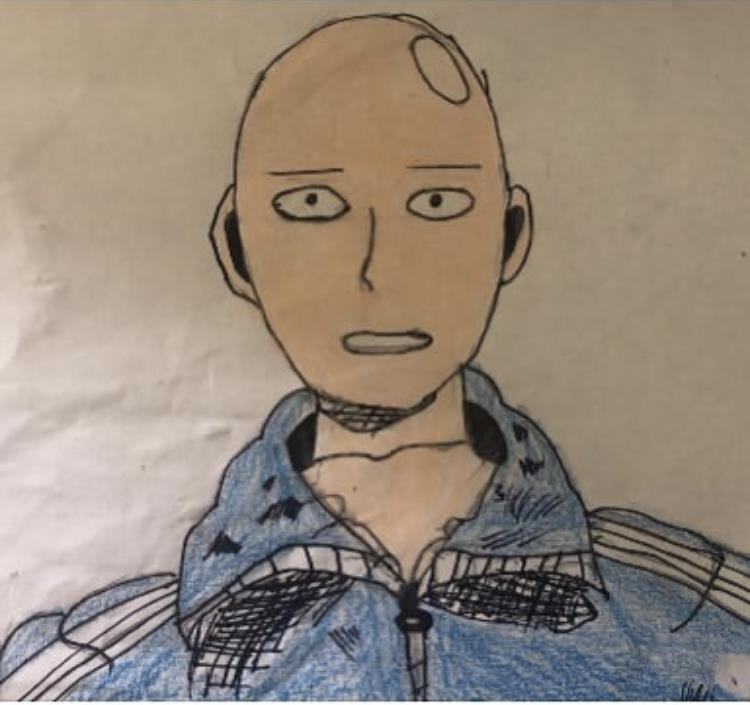


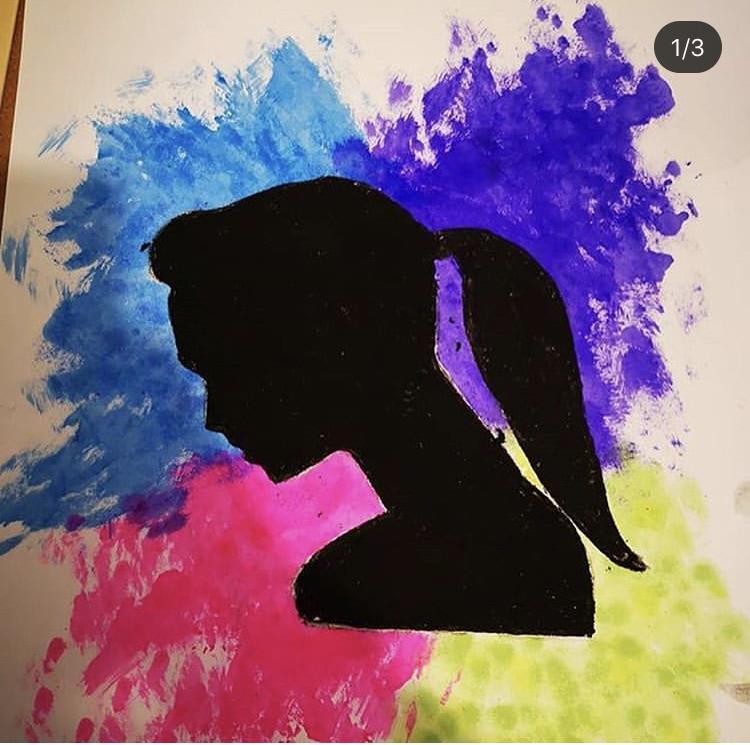
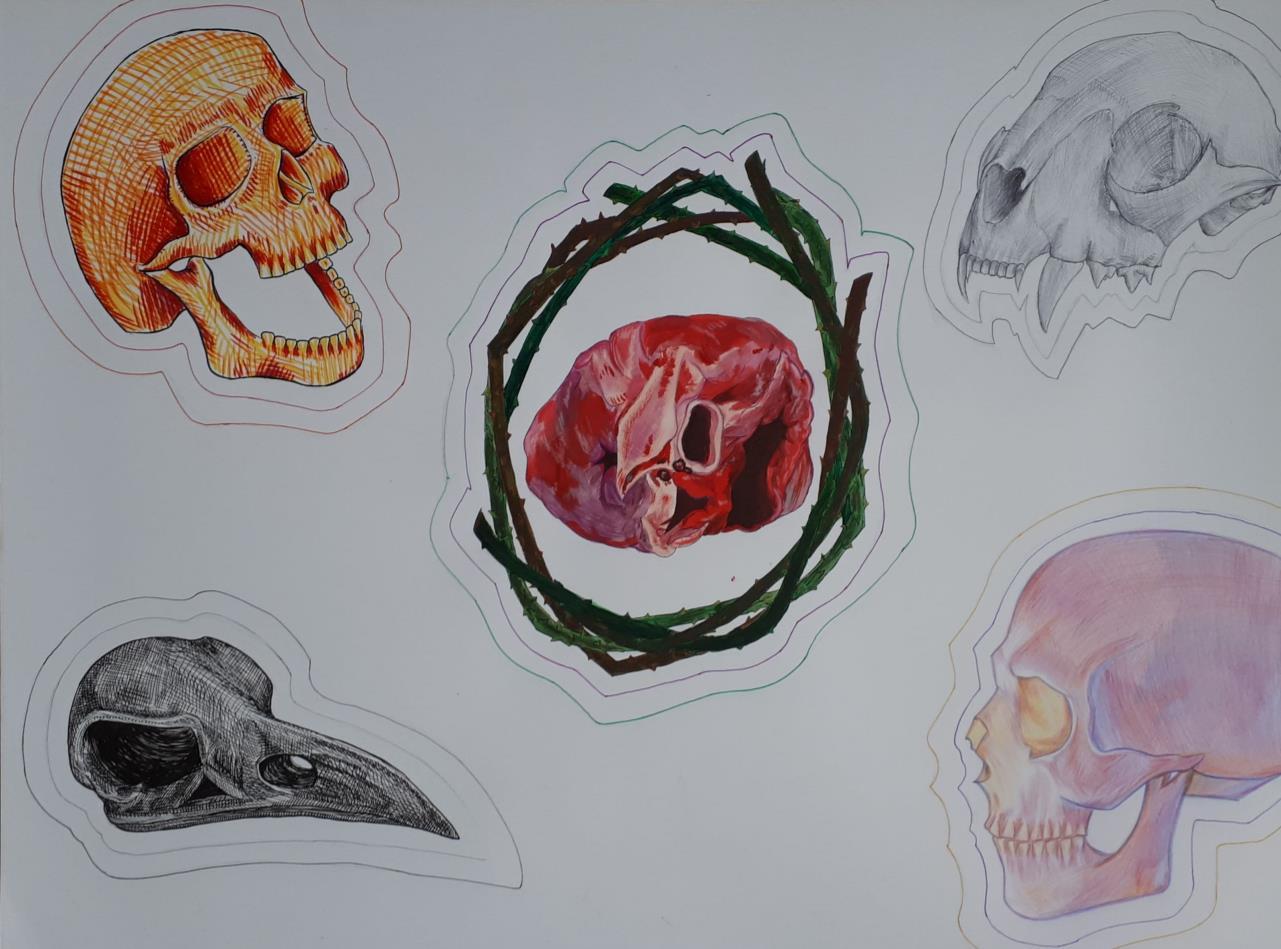


Florence Nightingale, Michael Collins, Marsha P. Johnson. When we think of historical figures, these are the names that usually come to mind. War heroes, politicians, revolutionaries - people you want to grow up to be. In the past it was always assumed that education and status were needed to create social change and make history, but today we’re beginning to realise that that’s not the case.
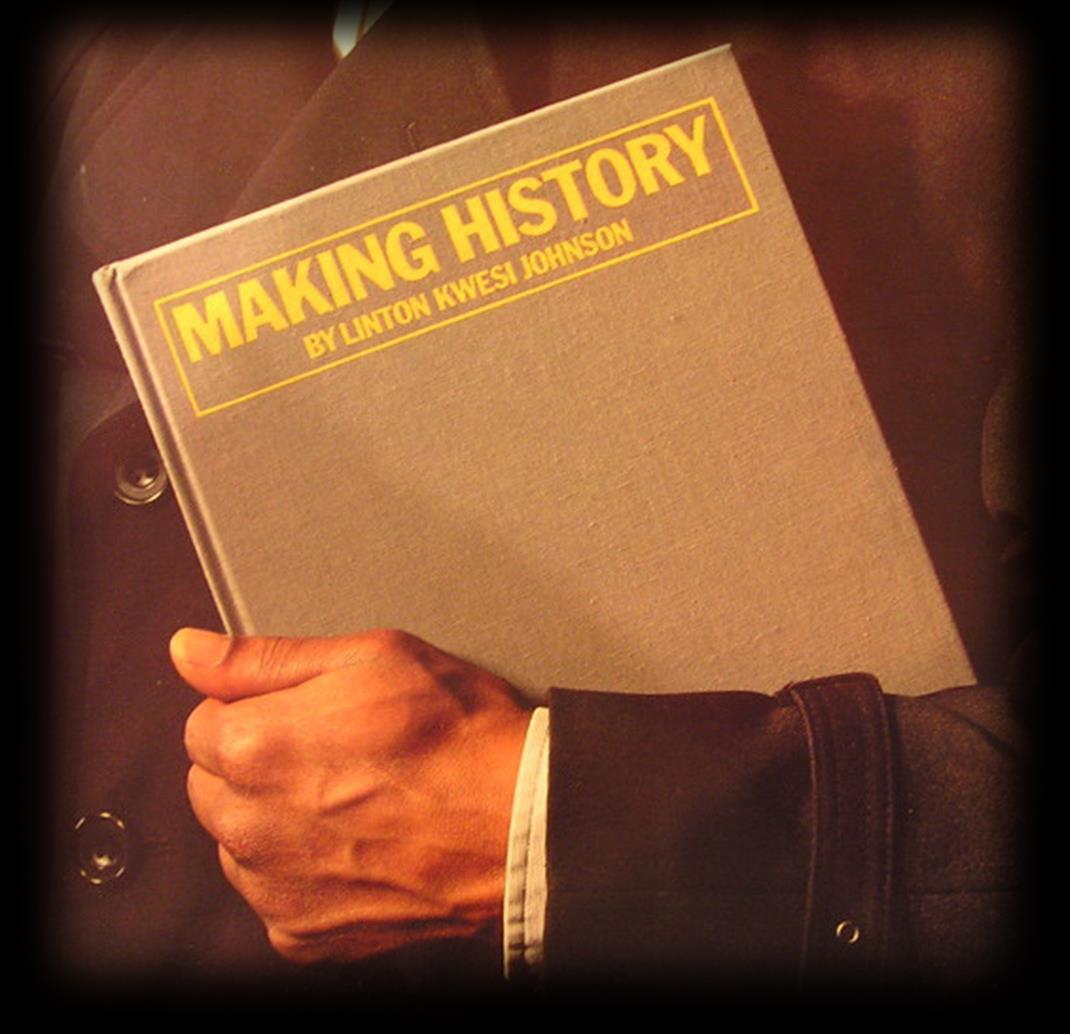


Up until recently the power, influence and potential that young people have has gone largely unnoticed. People are only beginning to realise the impact young voices can have, and how driven and inspiring we can be. Our fight and drive for Climate Justice, our impact on the Black Lives Matter Movement, and the steps we’ve made in the Disability Rights Movement are all prime examples of young people just like ourselves fighting to save the world we were raised in, reversing the damage and pain that history has caused.

The recognition is new, but the ability has been there for longer than you’d expect. What if I told you that Braille was invented by a 15 year old in the 1820s? Or that Claudette Colvin, a 15 year old girl, was arrested for refusing to give up her seat on a segregated bus, nine months before Rosa Parks, in the same city, under the same bus system, with the same consequences. The reason why Colvin is so little known is because, as an adult, Parks made a We can see things start to change as early as the 80s. Samantha Smith, a 10 year old from Maine, is credited with giving young people a voice during the Cold War. She wrote a letter to the leader of the Soviet Union, basically putting him in his place; “Please tell me how you are going to help to not have a war... I would like to know why you want to conquer the world”. This letter impressed Andropov so much that he invited Smith to The Soviet Union. She went on to speak all over the world, even suggesting that U.S. and Soviet leaders exchange granddaughters for two weeks a year, because who would want to bomb a country that their granddaughter was visiting? This 10 year old girl prevented nuclear war with a handwritten letter. Does that not single-handedly prove the power we hold?
Nowadays, this can be seen wherever you look. Malala Yousafzai, Greta Thunberg, Emma González. We fought to make our voices heard, and we’re finally being taken seriously. We’re fighting to save the planet, for human rights, and sharing our own stories and opinions with the world, all while trying to make it through the Leaving Cert. Recently, I had the pleasure of chatting with two such 17 | Making History
young people who are making a huge difference for students in Ireland. Lorna Fitzpatrick, president of the Students Union in Ireland (USI), and Ciara Fanning, outgoing president of the Irish Second-Level Students Union (ISSU), who both sat down with me to talk about their work and the differences they hope to make for young people.
Ciara, who is only finishing her first year of college, was the face and leader of an organisation that is changing the game, not only in Irish secondlevel education, but also in the perception we have of Irish youth. Ciara told me about the positive change she has seen, and that young people are viewed a lot more constructively than in the past. She hopes to see more young people taking part in representative groups like youth work and student council, and understanding the power that it gives them; “I’m so proud of the students of Ireland for not letting themselves be used as pawns and making themselves be seen as partners”.
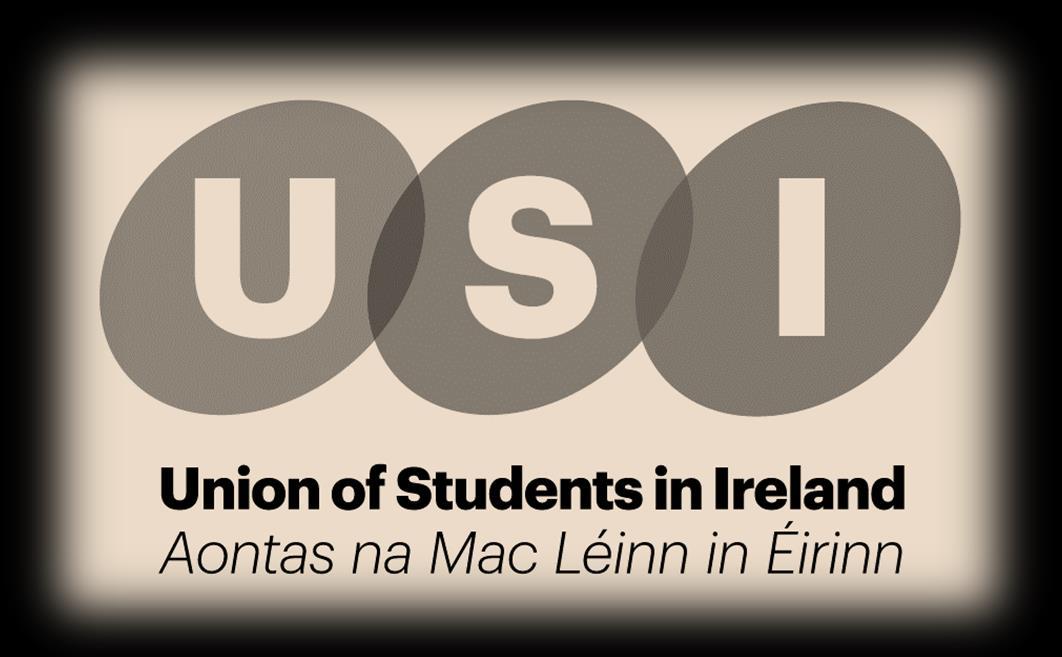
Lorna Fitzpatrick is busy doing a similar job for students in third level with her wonderful team at the USI. During our chat, she made a brilliant point about how the things she and the USI do can spark up a huge national conversation and how that has greatly affected the level of respect young people are receiving in politics and professional environments. When I asked her what difference she hopes to make in the future, her immediate answer was “I want to change the world.” She wants to “make Ireland a supportive, welcome and inclusive society for all”. She believes that young people have been at the front of social change for the last few decades, and that needs to continue.


Think again about the historical figures you idolise. Think of the war heroes, politicians and revolutionaries you want to grow up to be. Now look at your peers. Look at your friends and classmates, signing petitions, going to protests, challenging policy makers.
These are the people changing the world, the people we can look up to who look just like us. We don’t need to wait until we’re older to start making a difference; we already have the potential to change the world, and together we will make history.
Learn more about the USI and their work here: http://usi.ie/
Learn more about the ISSU and their work here: https://www.issu.ie/
Thank you to both Ciara and Lorna for sitting down with us.
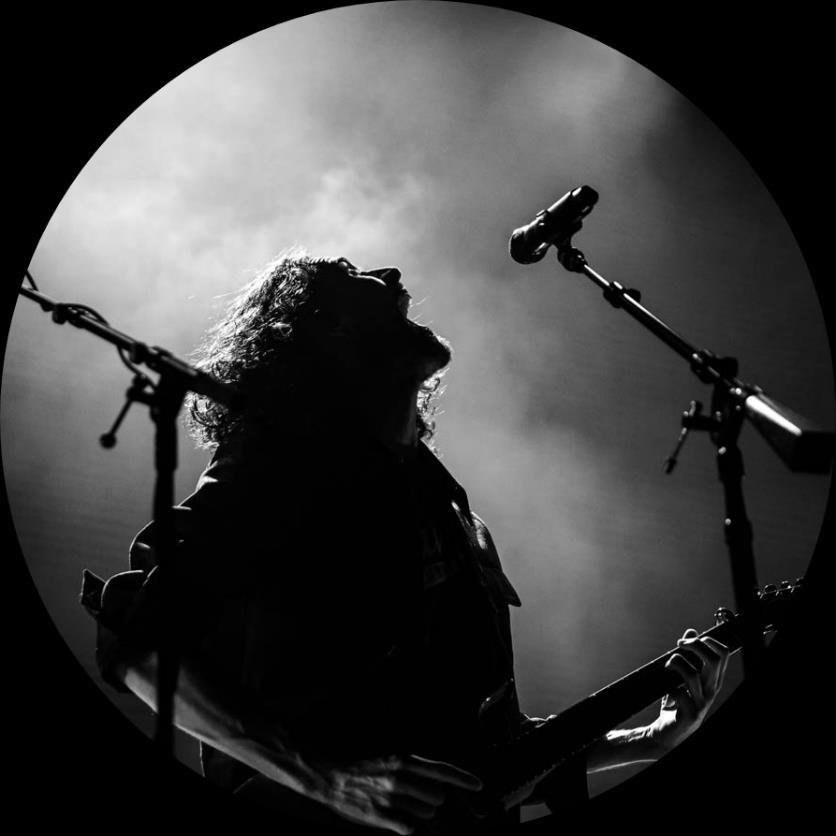


Glen Bollard, an Irish photographer whose work focuses heavily on music and concerts, speaks a little bit about his career, who he is and how his work has been affected by the pandemic, answering questions written and developed by one of our team’s photographers, Katie Dunne. I have always been in and out of the music scene since about third year of secondary school. Going to see friends bands locally, then onto actual shows as a fan. In 2016, my friends in Fangclub began to take off and I offered to help them any way I could. After some encouragement from friends, I began to bring a GoPro to small gigs, then I eventually upgraded to a proper camera. A month later I managed to secure a photo pass to Forbidden Fruit festival and I have not looked back since!
What is your favourite thing to photograph?
I love live gigs, concerts and the whole atmosphere. Being able to capture those moments and memories is something I never thought I would be in a position to do. And it also gives me an excuse to nerd out over guitar gear as well as attend gigs which is something I did on a weekly basis anyway! Being able to combine a creative outlet with my usual night-out activities, it was a no brainer.
What is the best gig you’ve photographed?
There’s so many! Some would be Metallica Slane Castle 2019; they were the first band I ever saw in concert and one of my all-time favourites. To be allowed photo them at their biggest ever Irish show, as well as seeing my pals in Fangclub supporting, was a dream come true. Honourable mentions go to You Me
At Six at Gunnersville, All Time Low in Leeds, Foo Fighters in Belfast, Slipknot in Dublin and countless others. I would be murdered if I didn’t mention the Coronas guys, every show I cover with them is literally a gang of mates getting together and an absolute blast.
What inspired you to hold a draw for a photography print for those who donated to the ISPCC during the Instagram livestreams?
Over the last two years I have had the chance to work with a huge range of Irish artists, and, like everyone else, when the pandemic hit I spent a couple days wondering ‘how the hell do I occupy myself?’. I have always wanted to give back where I can after what was a great year, and when I saw MCD announce the line-up, every single artist on the list was someone I had worked with. I saw my opportunity to give back and occupy myself with something fun still involved with music. How have the current restrictions during the pandemic affected your work?
Unfortunately, my photo business has taken a huge hit as all upcoming concerts are on the back burner for a long time to come. Thankfully, I still have a 9-5 job which means I’m not as badly affected as other colleagues.

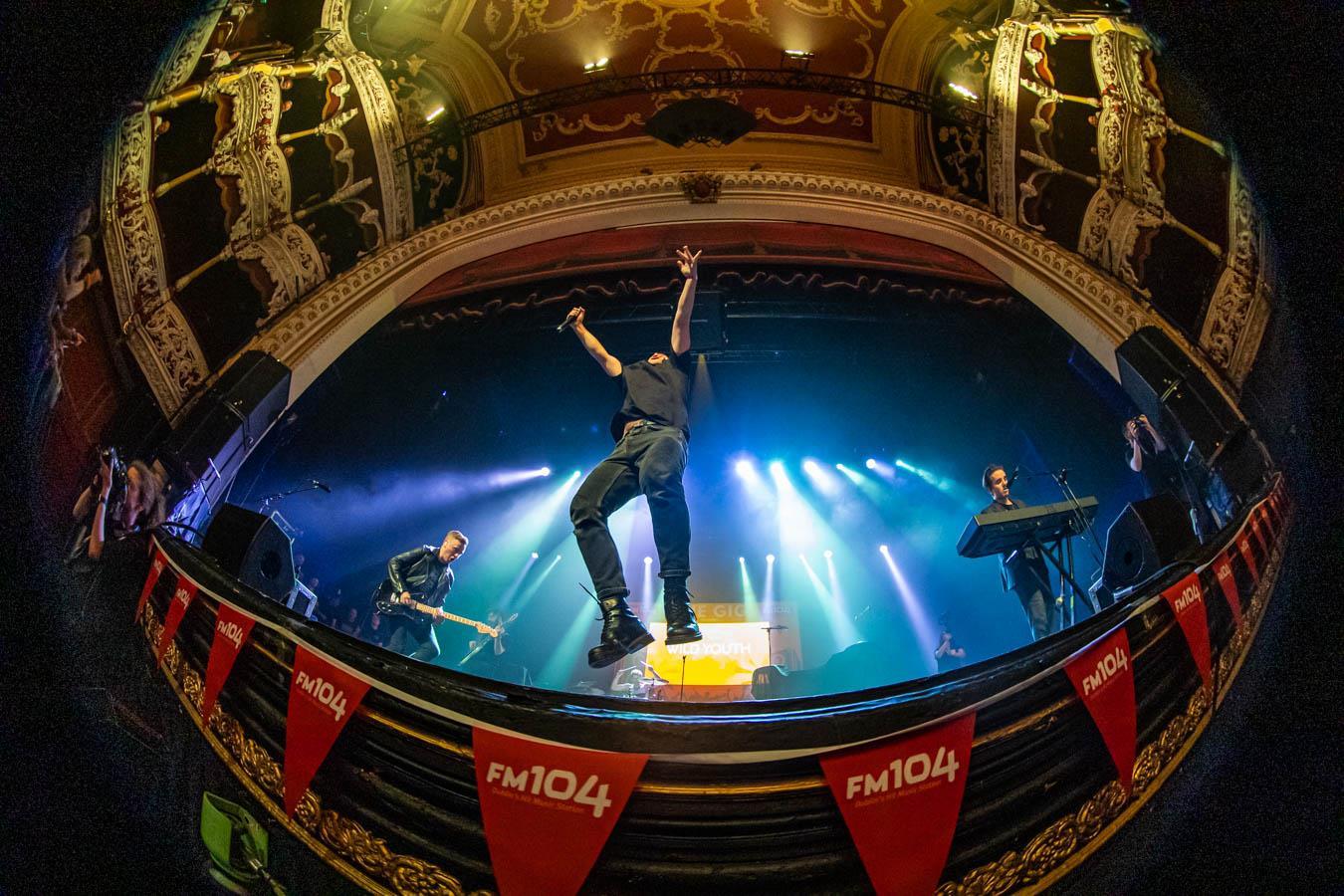
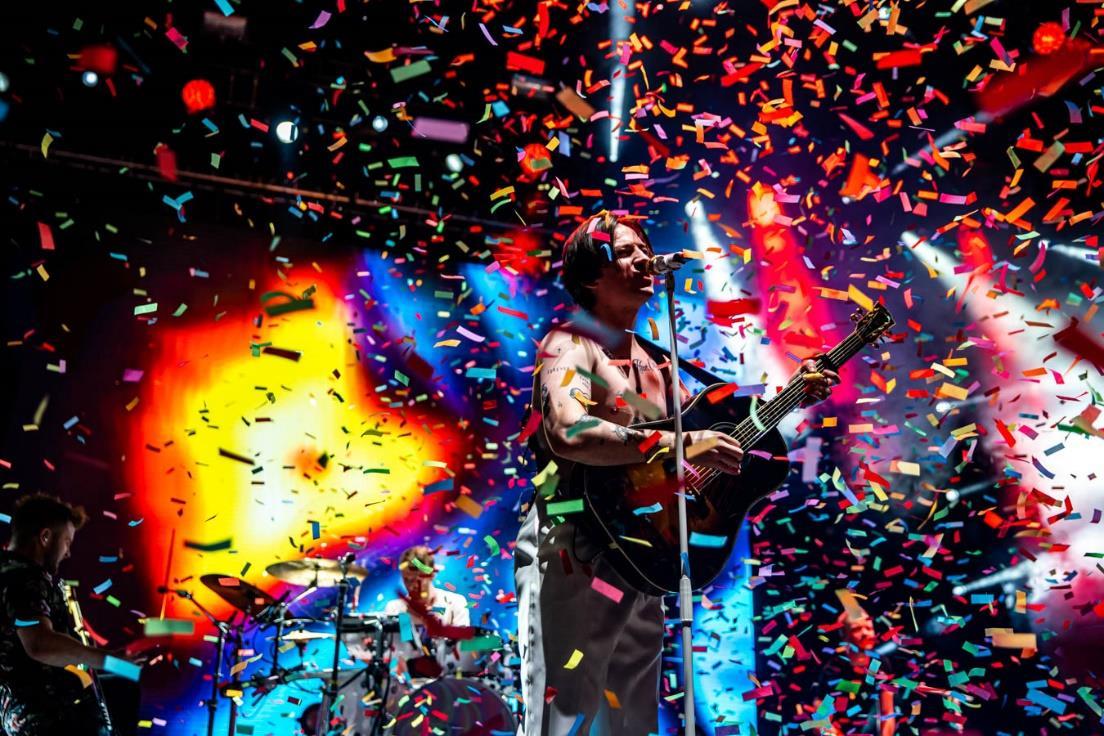
Many musicians I work with, both from Ireland and abroad, have lost their livelihoods completely. It’s also hard to watch some friends who are fulltime photographers and videographers losing out on so much.
You can contact Glen on socials @gbollardphoto or visit his website glenbollardphotography. com.
All pictures were taken and sent in by Glen.

